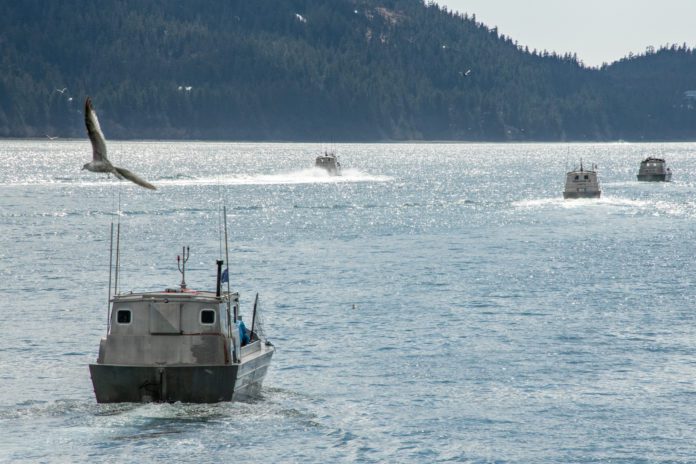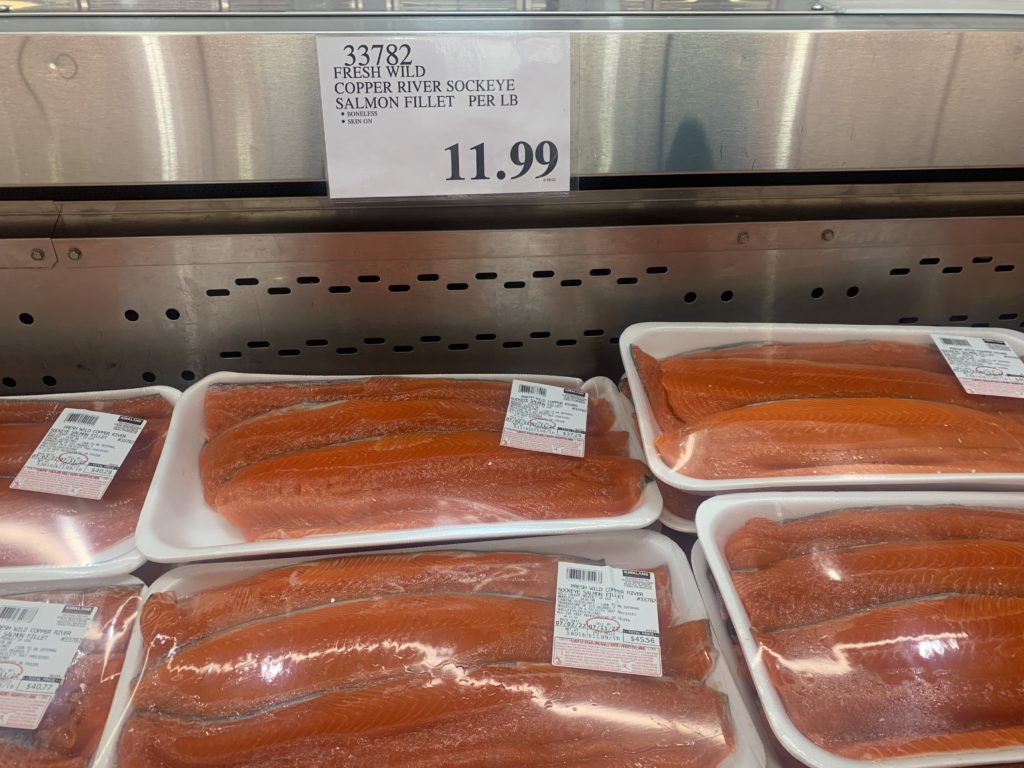
Harvesters in Prince William Sound’s commercial fishing districts made several thousand deliveries to processors over the past week, boosting the overall catch to over 3 million salmon, while the statewide total more than doubled to over 37 million fish.
As of July 5, the statewide salmon harvest was over 30% ahead of the year-to-date 2021 (2020 for pinks) harvest driven by a large, early sockeye harvest in Bristol Bay, notes Sam Friedman, who is producing the McKinley Research Group in-season commercial salmon report on a weekly basis on behalf of the Alaska Seafood Marketing Institute.
Alaska Department of Fish and Game preliminary data for Prince William Sound showed that the Coghill district drift gillnet fishermen alone had 4,299 deliveries through Tuesday July 5, including 565,525 chums, 108,226 sockeyes, 5,939 humpies over one thousand cohos, and 362 king salmon.
Copper River drift gillnetters had a total of 3,590 deliveries, including 492,401 sockeyes, 11,486 Chinooks, 11,164 chums, 6,822 humpies and 45 coho salmon. In the Eshamy Main Bay District, the drift gillnetters and setnetters had 2,988 deliveries of 431,786 sockeyes, 105,630 hums, 8,014 humpies, and a single coho salmon

Copper River sockeye salmon were still selling for $99.99 for a four-pounder and fillets of Copper River reds for $29.99 a pound at the Pike Place Fish Market in Seattle, and $59.95 a pound for “premium portions” of sockeye from the online Anchorage retailer FishEx, while at Costco stores in Anchorage those same Copper River reds were priced at $11.99 a pound. The base price at the dock from processors Peter Pan Seafood and North Pacific Seafoods to harvesters stood at $1.15 per pound.
Meanwhile Bristol Bay harvesters were seeing a huge surge that tripled their overall catch in a week, with deliveries to processors reaching a preliminary total of nearly 27 million salmon, up from 8 million as of June 28. The Bristol Bay catch through July 5 included 26,609,000 sockeyes, 252,000 chums and 2,000 king salmon, up from 7,856,000 reds, 105,000 chums and 1,000 kings a week earlier. The Nushagak district led with nearly 13 million fish harvested including 12.7 million reds, while the Egegik District had caught 7.9 million salmon, including 1.2 million fish harvested on July 4 alone.
Harvesters in Lower Cook Inlet saw only a small bump in their harvest to a preliminary total of 38,000 sockeyes, up from 37,000 reds a week earlier, while the catch in the Southern District of Cook Inlet rose from 13,000 to 55,000 sockeyes.
Yukon River area salmon fisheries meanwhile remained closed for commercial and subsistence harvests. ADFR&G biologists said at least here quarters of the Chinook salmon run had entered the lower river and projections were showing that the Canadian and drainage wide Chinook salmon runs were well below the lower end of the forecast range and well below historical averages.
These run sizes are so small it is unlikely that escapement goals in Alaska or U.S./Canadian border passage objectives will be met, they said.





